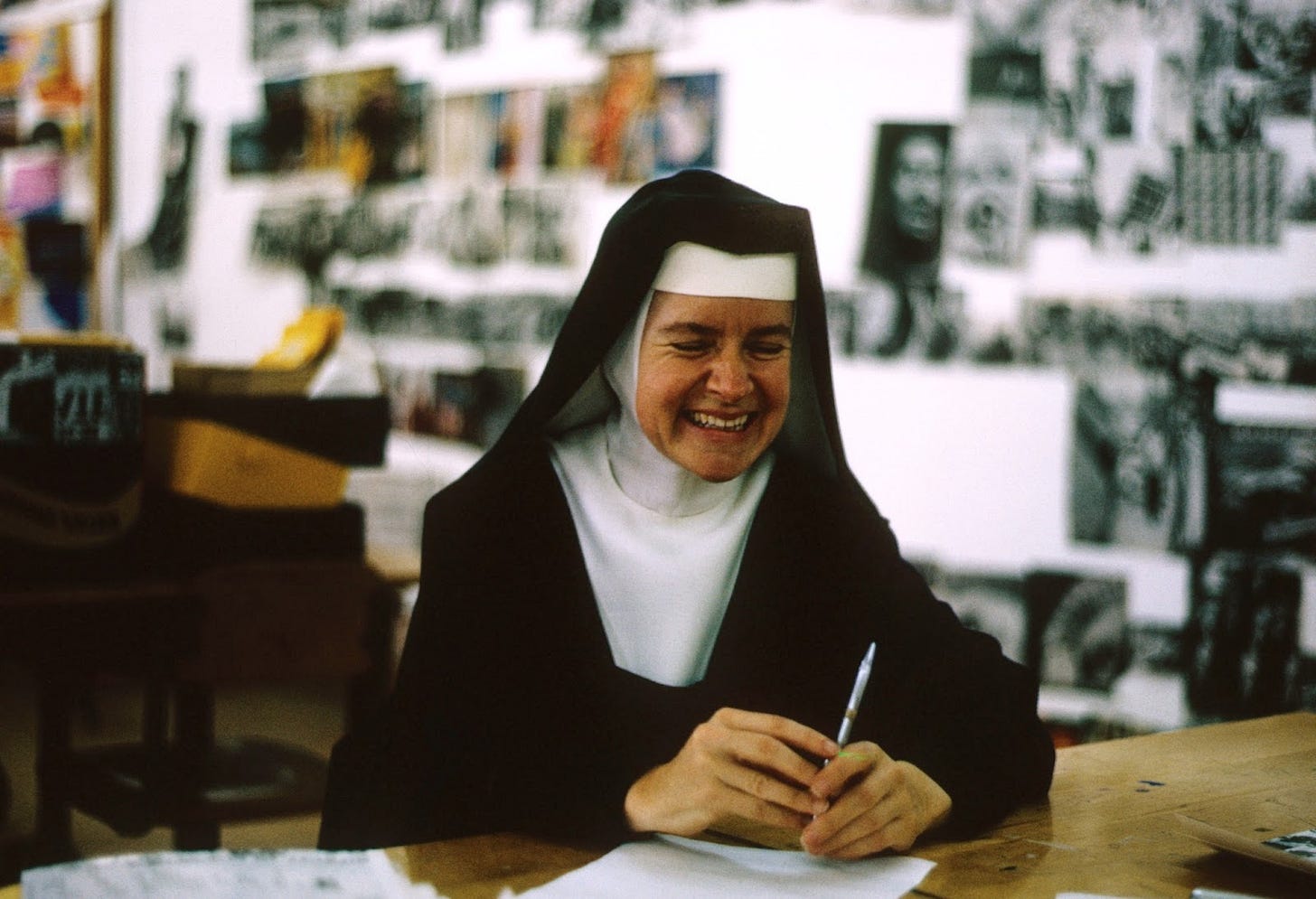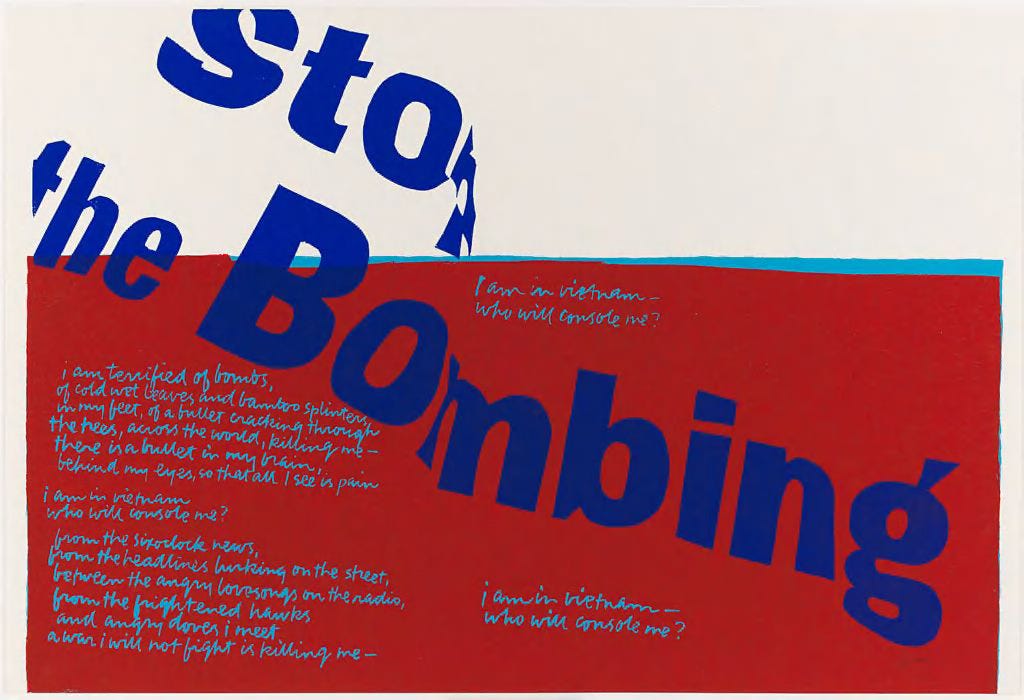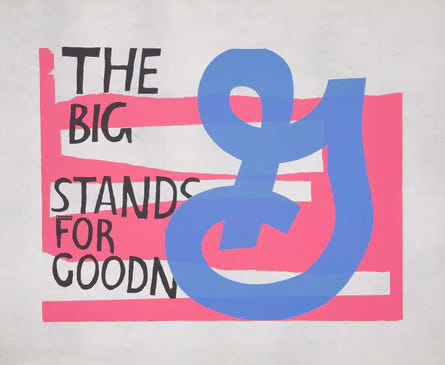Helloooo DrawTogether and GUT friends!
It’s DAY 3!
Reminder: On Sunday at 10am PT we’ll gather LIVE online for a collective zoom GOTV drawing session. To participate you must register for the zoom by clicking here and register with Vote Fwd by clicking here and follow their instructions. All this is necessary because while there are no rules in art, we do need some to maintain a functioning democracy.
Yesterday, we built our lettering skills and created text-based images to call for action. Great work came out of that — you can see what everyone is drawing in the GUT Chat. Not everyone’s subject matter is political, per se. Some of you are drawing big picture, focusing on curiosity, and attention. I love it. The movement for deeper human connection is the most important movement of all.
Today, we’re going farther in that direction by incorporating image. In particular, we’re looking at the technique of collage.
Text + Image = Collage
Collage is the process of combining different materials into a new piece. Today, I’m sharing the work of an artist who made silkscreens, lithographs and woodcuts (aka prints) but her overall approach was that of collage. And her work made a huge impact on the world. It still does today.
Corita Kent
NOTE: All images used in today’s lesson are by artist Corita Kent. Learn more about her and engage with her work at the Corita Art Center. Shout out to Nelly Scott for leading the charge over there!
If you’ve been part of DrawTogether/GUT for more than a minute, you’ve heard me extoll the virtues of Sister Corita. She’s a big influence on me in terms of her joyful approach to art, teaching, and social engagement.
I’ve featured Corita’s Rules here before. This print hung on the wall of her classroom at Immaculate Heart College, encouraging her students. I think it’s perhaps the most true and inspiring art manifesto ever made. No exaggeration.
Corita Kent, also known as Sister Corita, was a radical nun, artist, and educator. Known for her colorful, graphic screen prints, she also used vibrant colors, found imagery, lettering and handwritten text.
Over the course of her lifetime, she created “800 serigraph editions, thousands of watercolors, and innumerable public and private commissions.”
Her artwork was not just personal, creative expression. Sister Corita used her artwork as a way to advocate for social justice. She used her platform to call attention to injustices and inspire creativity, hope, and change. She didn’t shy away from the hard stuff, nor did she shy away from “mistakes,” often including paint drips and smears in her finished pieces.
Corita used juxtaposition to inspire questions and plant ideas: she used found commercial materials like other pop artists of the time—Warhol in particular—but she contrasted everyday commercial images like logos and advertising slogans with the social and ethical ideas that were meaningful to her. When others were capitalizing on the commercialization of the time, she was committed to bringing it back to the heart, to humanizing it.
With the advent of the Vietnam war and throughout the 60s, Corita’s work became increasingly political. Se left the nunnery in 1968, and moved to Boston to lead a secular life. Her work became more quiet and inwards focused. She got cancer. And in 1986 she passed away.
Her influence is seen and deeply felt in the art and social and political engagement of many artists working today.
We dedicate today’s assignment to Sister Corita.
Assignment: Text + Image (or, Corita Collage!)
Here’s what we’re doing…
















